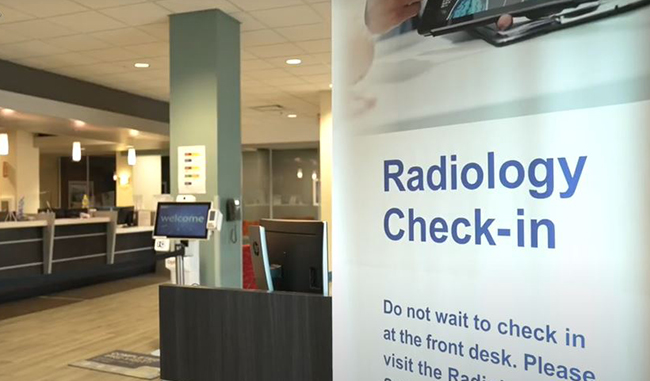
A heart-to-heart about POTS
Sometimes, people can feel dizzy when they suddenly stand up. But what if it happens every time, or if they faint? Fainting when standing up, or consistent dizziness when standing, may be a sign of a heart condition called POTS. Postural Orthostatic Tachycardia Syndrome, also known as POTS, is a condition that affects how a person's blood flow responds when they change position. This is especially noticeable when they stand up. The cardiology team at Crystal Run Healthcare, are available to share information about POTS diagnosis and management.
Between one to three million Americans are believed to be living with POTS. POTS is part of a broader category of disorders known as orthostatic intolerance, which results in a decrease in blood flow to the heart when a person stands up from a lying-down position. However, most people with POTS only feel their symptoms when they stand up. Their heart rate rapidly increases to speed up their blood flow. This fast heart rate, called tachycardia, can cause many symptoms that can greatly affect a person's daily life.
Common symptoms of POTS include:
- Chronic Fatigue: Feeling extremely tired, even after a good night's sleep.
- Lightheadedness: Feeling dizzy or unsteady when standing.
- Palpitations: Sensing a rapid or uneven heartbeat.
- Nausea: Feeling sick.
- Dizziness: A spinning or unbalanced feeling.
- Headaches: Frequent or severe headaches.
- Sleep Disturbances: Trouble falling asleep or staying asleep.
These symptoms can be strong and frequent, so it's important for a person experiencing these symptoms to pay attention to how they feel throughout the day.
Navigating a POTS diagnosis may feel difficult or intimidating. However, it is important to speak with a provider about these symptoms and navigating treatment.
Postural Orthostatic Tachycardia Syndrome can be a challenging condition to live with, but with the right management, many patients can lead fulfilling lives. It's crucial to recognize the symptoms and seek help early, and Crystal Run Healthcare’s cardiologists can help navigate the different types of treatment to manage symptoms of POTS.
There are both pharmacological and non-pharmacological treatments to manage POTS symptoms. Some medications can help a person's body retain salt and water, increase blood pressure, or manage heart rates. Otherwise, lifestyle changes can also be made to address symptoms, like:
- Increase Fluid Intake: Drinking more water can help maintain blood volume.
- Dietary Changes: Adding extra salt to a diet can help retain fluid.
- Compression Garments: Wearing compression stockings can improve blood flow.
- Exercise: Start with exercises that are not sitting or standing, like swimming or rowing.
Living with POTS can be challenging, but with the right support and management, a person can successfully manage their symptoms. The cardiology team at Crystal Run Healthcare is here to help every step of the way. From testing to diagnosis and management, Crystal Run's Cardiologists are available to manage several heart conditions.
[1]https://kidshealth.org/en/parents/pots.html ;
https://www.ninds.nih.gov/health-information/disorders/postural-tachycardia-syndrome-pots
[2]https://www.ninds.nih.gov/health-information/disorders/postural-tachycardia-syndrome-pots
[3]https://my.clevelandclinic.org/health/diseases/16560-postural-orthostatic-tachycardia-syndrome-pots
[4]https://www.ninds.nih.gov/health-information/disorders/postural-tachycardia-syndrome-pots
[5]https://www.ninds.nih.gov/health-information/disorders/postural-tachycardia-syndrome-pots
[6]https://my.clevelandclinic.org/health/diseases/16560-postural-orthostatic-tachycardia-syndrome-pots
[7]https://my.clevelandclinic.org/health/diseases/16560-postural-orthostatic-tachycardia-syndrome-pots

 Optum Radiology at Crystal Run Healthcare
Optum Radiology at Crystal Run Healthcare Request medical records online
Request medical records online